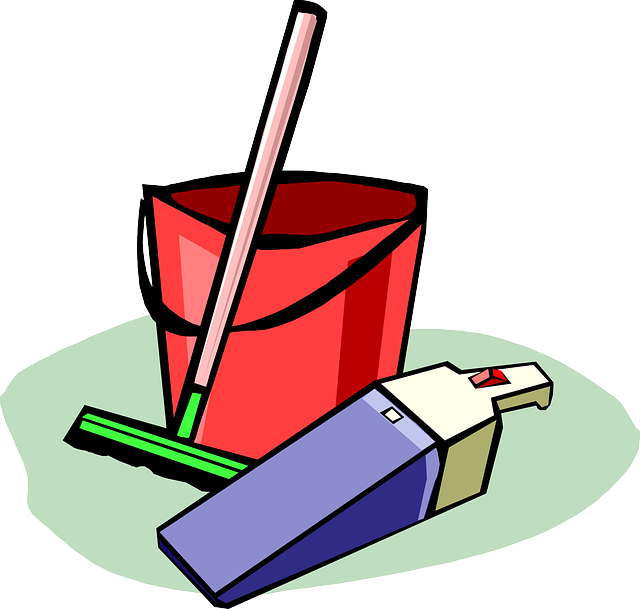Understanding and caring for different floor types – hardwood, tile, carpet – is crucial for effective cleaning and restoration. Regular sweeping, dust mopping, vacuuming, and deep cleaning with suitable products extend lifespan and preserve aesthetic appeal. Proper maintenance includes polishing, sealing, and repairing scratches. Using the right tools (vacuums, microfiber mops, steam mops) and tailored cleaning methods for each material prevents damage and keeps floors looking fresh. Eco-friendly practices with non-toxic ingredients promote health and sustainability. Regular long-term care, including frequent cleaning, pH-neutral cleaners, and protecting high-wear zones, ensures floors remain beautiful and durable.
Revitalize your spaces with expert floor restoration and cleaning advice. From understanding diverse floor types and their specialized care to mastering deep cleaning techniques for various surfaces, this guide covers it all. Learn about eco-friendly solutions, effective stain removal, and restorative techniques for scratched or dull floors. Discover long-term care tips to keep your floors looking their best, ensuring a clean, healthy environment for years to come. Dive into the world of floor cleaning – a key step in preserving your home’s most trafficked areas.
Understanding Floor Types and Their Unique Care Requirements
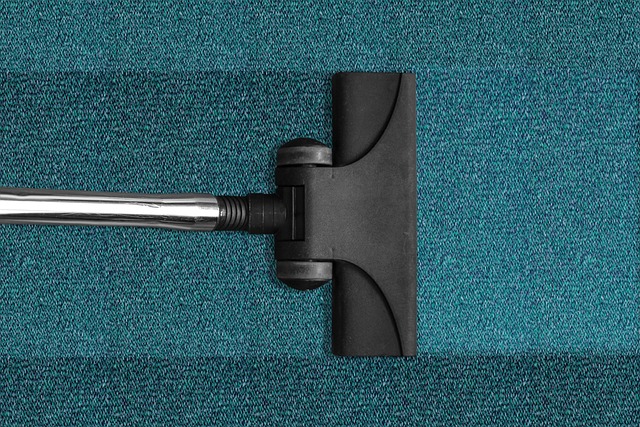
Understanding different floor types is crucial for effective floor cleaning and restoration. Each flooring material, from hardwood to tile and carpet, has unique characteristics that require specific care. For instance, hardwood floors need regular sweeping and dust mopping to prevent scratches, while tile floors may require sealing to protect against stains. Carpeting, on the other hand, demands frequent vacuuming and deep cleaning to maintain its quality and hygiene.
Different floor types also have distinct maintenance schedules. Hardwood floors might only need a professional treatment every few years, whereas tiles and carpets can demand more regular attention. Knowing these nuances ensures that you use suitable cleaning methods and products for each type, prolonging their lifespan and preserving their aesthetic appeal. This personalized approach to floor care is essential for any thorough floor cleaning regimen.
The Importance of Regular Cleaning and Maintenance
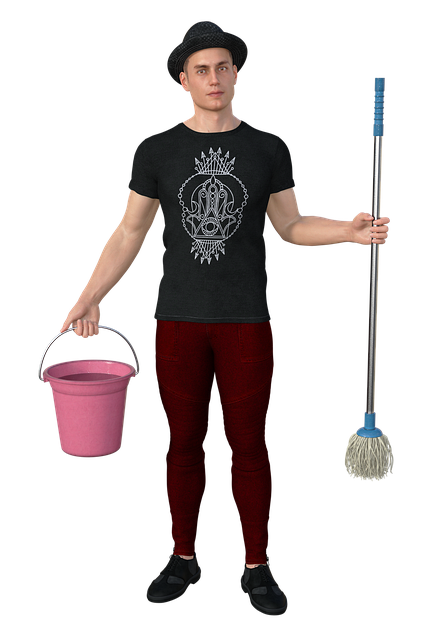
Regular floor cleaning and maintenance are essential practices for several reasons. It not only prolongs the life of your floors but also ensures they maintain their aesthetic appeal and value. Regular care helps to prevent damage caused by dirt, grime, and stains, which can be both unsightly and detrimental to the floor’s surface. By establishing a consistent cleaning routine, you can easily remove loose debris, dust, and particles that accumulate over time, preventing them from settling and causing more significant issues.
Moreover, proper maintenance ensures your floors remain in optimal condition for longer. It involves not just cleaning but also polishing, sealing, and repairing as needed. These tasks fill in scratches, protect against moisture damage, and enhance the overall appearance of your flooring. Regular floor cleaning is a simple yet powerful way to keep your space looking fresh and welcoming while ensuring the longevity of this significant investment.
Effective Floor Cleaning Solutions and Tools
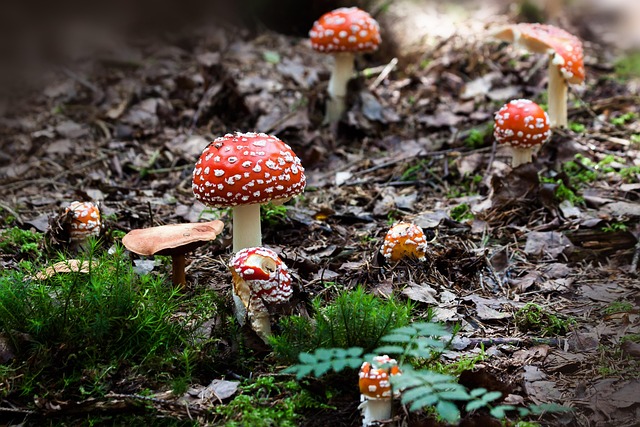
When it comes to effective floor cleaning, the right solutions and tools can make all the difference. Start with a thorough vacuuming to remove loose dirt and debris, ensuring you reach every nook and cranny, especially under furniture. This initial step prevents grit from scratching your floors as you clean.
For deep cleaning, invest in quality floor cleaners designed for your specific flooring type. Whether it’s hardwood, tile, or laminate, there are specialized products that enhance the cleaning process. Microfiber mops are excellent for picking up dust and moisture without leaving scratches. Additionally, consider using a steam mop for tiles or vinyl floors to kill germs and deeply clean.
Step-by-Step Guide to Deep Cleaning Different Floor Surfaces
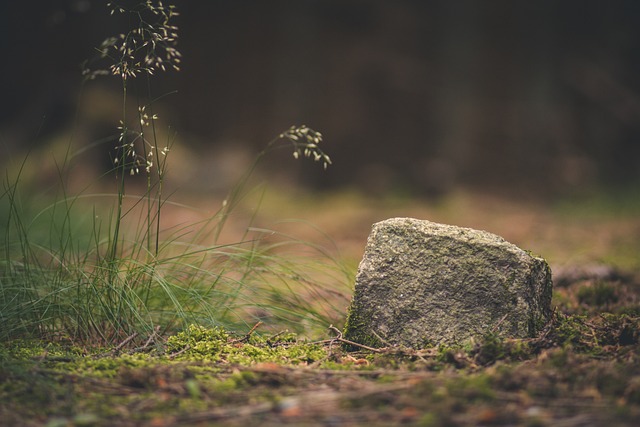
Deep cleaning your floors is a necessary task that can extend the life of your flooring and restore its original beauty. Here’s a step-by-step guide tailored to various floor surfaces.
Start by vacuuming or sweeping to remove loose dirt and debris. For hardwood floors, use a microfiber mop with a suitable wood cleaning solution. Avoid excessive water as it can damage the wood. Tile and ceramic floors require a slightly different approach; spray a gentle cleaner onto the surface, let it sit for a few minutes, then scrub thoroughly using a stiff brush or steam cleaner for a deeper clean. Carpeted areas need a more thorough vacuum to remove embedded dust and dirt. Consider using a carpet shampooer or steam cleaner for a complete refresh. Always spot-test cleaning solutions on small, inconspicuous areas first to ensure they don’t discolor or damage your floors.
Restoring Scratched or Dull Floors: Techniques and Tips
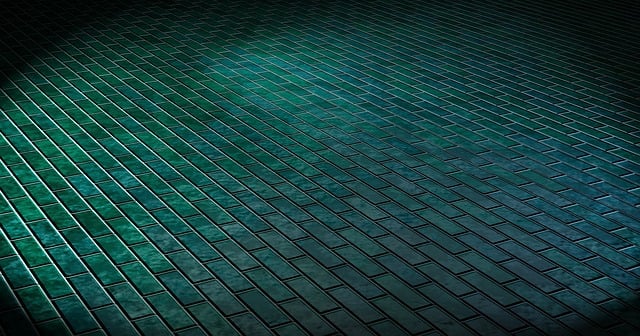
Scratched or dull floors can be restored to their former glory with the right techniques and a bit of patience. The first step is to identify the type of flooring you have, as different materials require specific care. For example, hardwood floors may need a gentle sweep or vacuum to remove dirt, followed by a specialized wood cleaner and polish. Tile and stone floors might demand a more intensive scrub with a floor cleaning solution to lift stains and grime.
Once your floor is clean, it’s time to address scratches and dullness. For minor scratches, using a floor restorer or a paste made from baking soda and water can help fill in the gaps. After applying the restorer, buff it out with a soft cloth for a smooth finish. For deeper scratches, consider using a floor sander with fine sandpaper to gently buff away the damaged surface. Always test any restoration technique on a small, hidden area first to ensure you achieve the desired result without damaging your flooring.
Dealing with Common Floor Issues: Stains, Grout Discoloration, and More

Floor cleaning isn’t just about maintaining aesthetics; it’s crucial for addressing common issues that arise over time. Stains, for instance, can mar the appearance of any floor, from hardwood to tiles. The key is to act promptly. Blotting stains with clean cloths or sponges before allowing them to set is a good practice. For tough cases, using mild cleaning agents suitable for the specific floor type can help restore its original gleam.
Grout discoloration, another frequent problem, occurs due to dirt buildup and dampness. Regular grouting and sealing are essential floor cleaning practices that prevent this issue. If discoloration has already set in, a mix of baking soda and water or commercial grout cleaners can be effective. Removing loose debris, ensuring proper ventilation, and maintaining a dry environment are long-term solutions to keep floors healthy and free from these common problems.
Eco-Friendly and Safe Cleaning Practices for Healthy Living
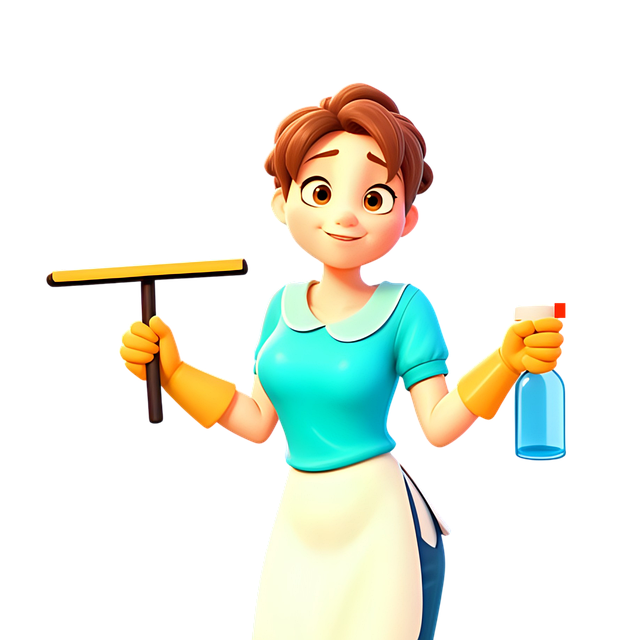
When it comes to floor cleaning, adopting eco-friendly and safe practices is not just beneficial for the environment but also for your family’s health. Many traditional cleaning products contain harsh chemicals that can leave behind toxic residues, especially in homes with children or pets. Opting for natural, non-toxic cleaners is a game-changer for creating a healthier living space. These methods reduce exposure to harmful substances and ensure a cleaner, safer environment.
Using plant-based ingredients and essential oils as alternatives to harsh chemicals is an excellent way to keep your floors sparkling while maintaining air quality. For instance, vinegar and baking soda are powerful yet gentle cleaning agents that can tackle tough stains without leaving any foul odors or dangerous traces. Such simple, natural solutions not only promote well-being but also contribute to a more sustainable lifestyle, making floor cleaning an easier and greener task.
Maintaining Your Restored Floors: Long-Term Care Tips
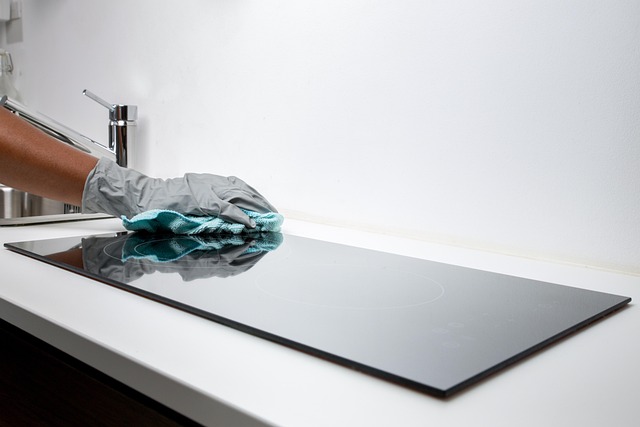
After restoring your floors, proper long-term care is essential to maintain their beauty and longevity. Regular floor cleaning should become a part of your routine to prevent dirt and debris buildup, which can damage the finish. Use a soft-bristled brush or vacuum designed for hard floors to remove loose particles regularly. Avoid harsh chemicals and abrasive cleaners as they can scratch the surface. Opt for mild, pH-neutral floor cleaners recommended for your specific flooring type.
To keep your restored floors in top condition, be mindful of foot traffic areas and high-wear zones. These places may require more frequent cleaning and protection with mats or rugs to reduce the impact of constant use. Additionally, avoid direct sunlight exposure as it can cause fading over time. Regularly rotate furniture to prevent excessive wear on certain sections. With proper care and maintenance, your restored floors will continue to look stunning for years to come.
